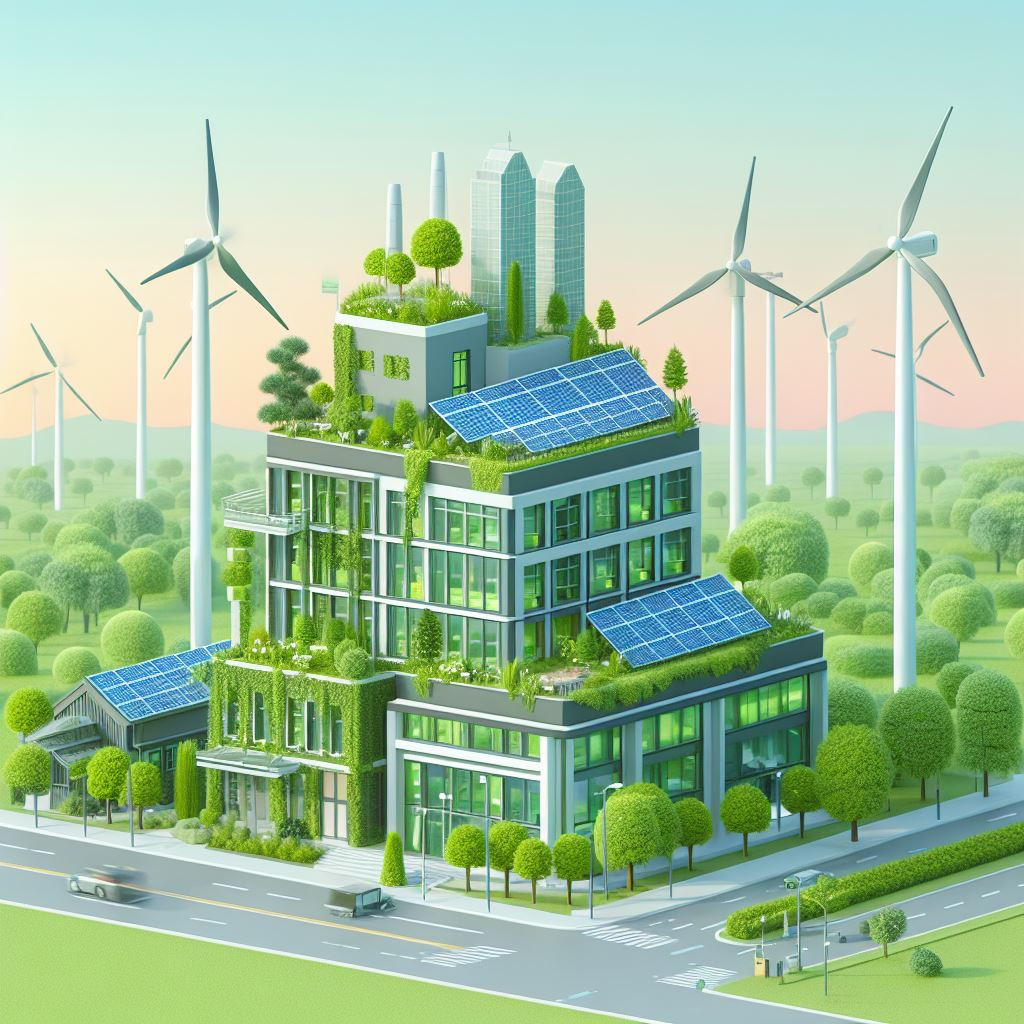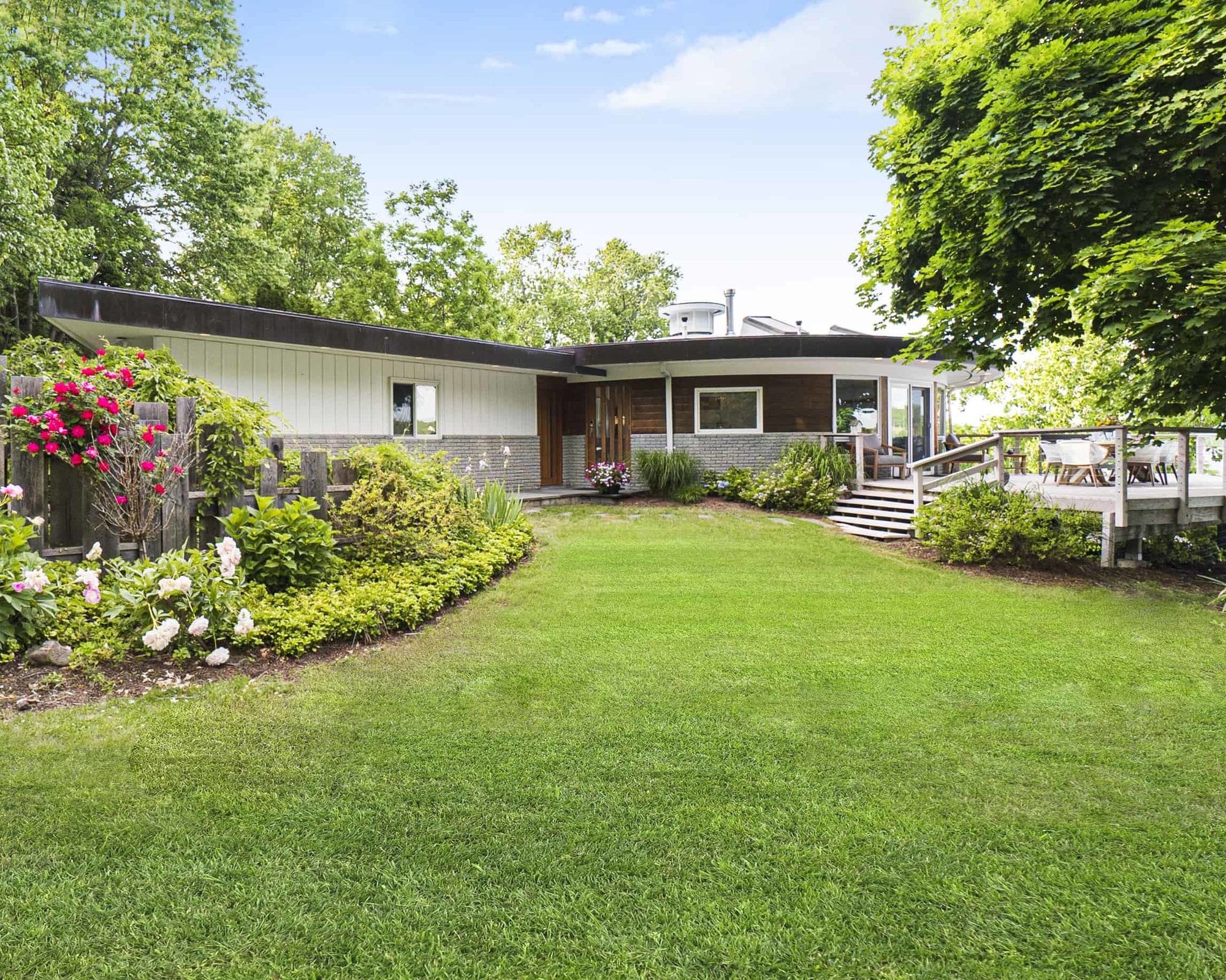Introducing Abraham Gray, Your Neighborhood Greening Guru
Hi there! I’m Abraham Gray, and for the past 10 years, I’ve been deeply invested in transforming neighborhoods through community tree-planting initiatives. Witnessing the firsthand benefits of trees on our environment, property values, and overall well-being has fueled my dedication to this cause. Today, I’m thrilled to share a comprehensive guide for turning your concrete jungle into a flourishing green haven!
Why Go Green? The Power of Trees
Trees are nature’s unsung heroes, offering a multitude of benefits that directly impact our lives:
- Environmental Champions: Trees are the lungs of our planet. They absorb carbon dioxide, a major greenhouse gas, and release oxygen, mitigating climate change. Additionally, they act as natural filters, removing pollutants from the air and filtering stormwater runoff, promoting cleaner air and water.
- Energy Savers: Strategic tree placement can be a game-changer for energy bills. Shade from strategically placed trees can significantly cool homes in summer, reducing reliance on air conditioning. Similarly, well-positioned trees can provide wind protection in winter, minimizing heating costs.
- Beauty Boosters: Lush greenery has a transformative power. It enhances the aesthetics of any neighborhood, creating a more visually appealing and tranquil environment. Studies have even shown that living near trees can improve mental well-being by reducing stress and promoting feelings of calmness.
- Property Value Enhancers: Several studies consistently show that homes with mature trees command higher prices in the real estate market. A well-placed tree can be a significant investment in your neighborhood’s future.
- Wildlife Havens: Trees provide crucial habitat for birds, butterflies, and other pollinators. They offer food sources like fruits and nuts, shelter from predators, and nesting sites. A diverse tree population fosters a vibrant and healthy ecosystem in your neighborhood.
Table 1: The Many Benefits of Trees
| Benefit | Description |
|---|---|
| Climate Change Mitigation | Trees absorb CO2 and release oxygen, combating climate change. |
| Improved Air and Water Quality | Trees filter air pollutants and stormwater runoff. |
| Energy Efficiency | Trees provide shade and wind protection, lowering energy consumption. |
| Increased Property Values | Homes with mature trees have higher market value. |
| Enhanced Aesthetics | Trees create a more visually appealing and relaxing environment. |
| Wildlife Habitat | Trees provide food and shelter for various species. |
Choosing the Perfect Plant: Selecting the Right Tree Species
Selecting the right tree species is crucial for the long-term success of your project. Here are some key factors to consider:
- Climate Zone: Research your local USDA Plant Hardiness Zone to identify tree species best suited to thrive in your area’s specific temperatures and weather patterns.
- Mature Size: Consider the mature size of the tree and ensure it has ample space to grow without interfering with power lines, buildings, or sidewalks.
- Soil Conditions: Different tree species have varying soil preferences. Understanding your soil type (clay, sandy, etc.) will help you choose a tree that will flourish.
- Sun Exposure: Consider the amount of sunlight available in the planting location. Some trees thrive in full sun, while others prefer partial shade.
- Aesthetics: Think about the desired visual impact. Do you want a flowering tree for added color, or a majestic oak for shade and stature?

Planting Power: Planting Techniques for Long-Term Success
Once you’ve chosen the perfect trees, it’s time to get your hands dirty! Here are some essential planting techniques to ensure your trees thrive:
- Dig the Right Hole: The planting hole should be 2-3 times wider than the root ball and slightly deeper. This allows for proper root development.
- Gently Loosen the Root Ball: Carefully loosen any circling roots to encourage outward growth.
- Position the Tree Correctly: The root flare (where the trunk widens at the base) should be slightly above the surrounding soil level.
- Backfill and Tamp: Fill the hole with the removed soil, gently tamping it down to remove air pockets.
- Water Thoroughly: Water the newly planted tree deeply to ensure the roots are properly hydrated.
- Mulch Around the Base: Apply a 2-3 inch layer of mulch around the base of the tree to retain moisture, suppress weeds, and regulate soil
Funding Your Forest: Strategies for Securing Resources
Planting trees is an investment in your community’s future, but it does require some upfront costs. Here are some strategies to secure the resources you need:
- Grants and Programs: Many local governments, environmental organizations, and non-profit groups offer grants specifically for community tree-planting projects. Research available programs in your area and explore eligibility requirements.
- Fundraising Events: Organize fun and engaging fundraising events to generate community support. Consider hosting a plant sale, tree-themed bake sale, or community car wash. Promote the event through social media, local newspapers, and flyers.
- Corporate Sponsorships: Reach out to local businesses and explain the benefits of a greener neighborhood. Businesses can sponsor trees, donate planting materials, or offer refreshments for your community planting day. Highlight the positive publicity they’ll receive for supporting such a worthwhile initiative.
- Community Donations: Encourage residents to donate towards the project. Offer various donation tiers with incentives, such as a personalized plaque near the planted tree for larger contributions. Utilize online donation platforms to make the process convenient.

The Power of Partnership: Working Together for Success
Community tree-planting projects are most impactful when diverse groups collaborate. Here’s how to leverage partnerships for a successful project:
- Engage Local Businesses: As mentioned earlier, local businesses can be valuable partners. In addition to sponsorships, they can offer employee volunteer hours for planting days, provide discounts on bulk tree purchases from local nurseries, or donate tools and equipment.
- Partner with Schools: Schools are a fantastic resource for education and community engagement. Involve students in learning about the importance of trees and the benefits of planting projects. Organize educational workshops or invite students to participate in planting activities. This fosters environmental awareness and a sense of ownership in the project’s success.
- Reach Out to Experts: Collaborate with arborists and horticulturalists for guidance throughout the process. Arborists can advise on selecting the right tree species based on your local environment and recommend proper planting techniques to ensure the trees thrive. Horticulturalists can offer expertise on soil preparation, mulching, and ongoing tree care.
From Permits to Planting Day: The Logistics of Success
Before diving into planting, there are a few logistical steps to ensure a smooth and successful project:
- Know Your Zone: Identify any local zoning regulations or permitting requirements for planting trees on public property. Contact your local public works department or forestry department to understand the process and obtain any necessary permits.
- Plan Your Planting Day: Choose a date and time suitable for the majority of volunteers, ideally during the appropriate planting season for your region. Secure a central location for gathering and distributing tools and saplings.
- Spread the Word: Promote your community planting day through various channels. Utilize social media platforms, local newspapers, and flyers to generate excitement and encourage participation from residents of all ages.
Growing Together: Building a Legacy for Generations to Come
Transforming your neighborhood from asphalt to apple trees is a journey of collective action. With careful planning, a passionate team, and a collaborative spirit, you can create a greener, healthier environment for generations to come. The act of planting a tree is a powerful symbol of hope and a commitment to a sustainable future. Let’s get growing!












